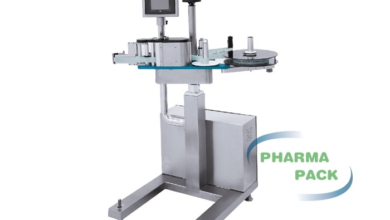
From the late 19th century up to World War I, industrial food production began to have impacts on a global scale. In this lecture, you will learn how regions outside of Europe and America were linked to the global economy and were increasingly controlled by the interests and desires of affluent consumers in the wealthier countries of the world. You will learn how modern industrial processing affected the rest of the world, which was apparently just waiting to be modern.
Industrialized Nations and Their Colonies
Manufacturers in the industrialized nations—England, France, Belgium, Germany, northern Italy, and the United States, and soon to catch up, Japan—want two things: new markets in which to sell their mass-produced goods (including processed foods) and raw materials (including food) that unconquered regions might provide.
Often, they promote colonization without even knowing what they might find in these places, but under the assumption that there may be something there and that they might as well gobble it up before some other country does. They were also thinking that given the climate (most of these regions are tropical or subtropical), they could at least create plantations to grow food, which can now be shipped more efficiently in new steamships and refrigerated trains.
Although the developed nations don’t usually literally conquer other nations with military force anymore—at least not overtly—the powerful nations do still exercise a kind of economic imperialism over “Third World” nations by extending aid or credit in exchange for markets, investment opportunities, and trading privileges. There is still a relationship of dominance that has a direct bearing on food production, distribution, and who gets what to eat.
The Plight of Farmers
Like most places on Earth, there was rapid population growth in these regions in the late 18th and early 19th centuries, but there was no outlet for their population in growing cities because there was no industry to buy up their cheap labor. As a result, all of these people remained in the countryside and became increasingly impoverished, on smaller and smaller plots of land. Without the latest agricultural advances—chemical fertilizers, machines, and hybrid plants—they were having an increasingly hard time being fed.
The smart farmers realized that to survive, they would have to invest in new equipment, and they of course went into debt to buy machinery. Then, if the price for their crop dropped, they were forced to foreclose. Whereas once they might have been poor subsistence farmers, they have now become linked—and at the mercy of a huge global trading system.
Banana Republic
In 1870, the vast majority of Americans have never seen or eaten a banana, unless they went to the tropics or someone brought one back as a novelty. Captain Lorenzo Baker, a New England seaman, was in Jamaica and noticed people selling bananas, and he decided to give it a shot, so he bought 160 bunches and got them to Jersey City in 11 days. People went berserk over them. He was so successful that within a few years, he founded the Boston Fruit Company.
At almost exactly the same time, another investor decided to approach the government of Costa Rica with a railroad-building scheme, and he was given both a land grant to build and ample acreage straddling the railroad. He then got the idea of lining the tracks with bananas, which could be harvested and shipped directly from all over the country. He also did very well.
Last word
Over time, these two companies merged, creating a bigger operation, which became the United Fruit Company in 1899. These two men developed their own distribution system, built their own fleet of ships, went public on the New York Stock Exchange, set up a communications network via radio, and even carried mail to the United States.





